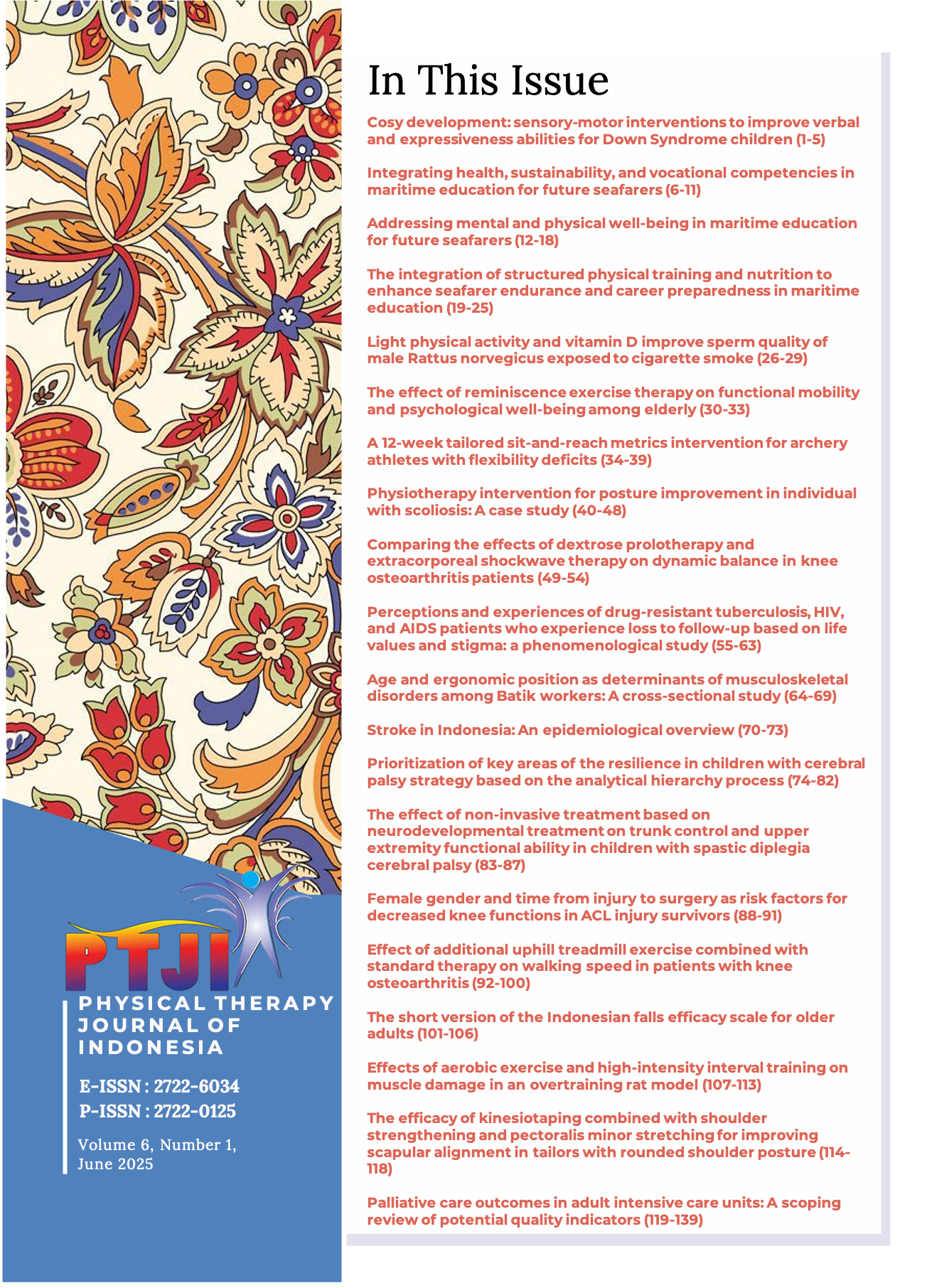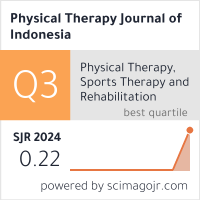A 12-week tailored sit-and-reach metrics intervention for archery athletes with flexibility deficits
Abstract
Background: Flexibility is a critical component of archery performance, where biomechanical demands such as postural stabilization and bow draw-release mechanics require optimal posterior chain mobility. This study aimed to evaluate a 12-week tailored flexibility program in improving posterior chain mobility in elite archers with flexibility deficits.
Methods: This pretest-posttest pre-experimental study involved 30 elite archers (15 males, 15 females; ages 17–43 years) with baseline sit-and-reach deficits (≤25 cm). A 12-week intervention program combined dynamic-progressive stretching, myofascial release, and mobility training based on archery biomechanical profiles. Flexibility was measured using the sit-and-reach test at weeks 0 (pretest), 6 (midtest), and 12 (posttest). Statistical analyses included tests for normality of Shapiro-Wilk, homogeneity of Levene's test, repeated measures ANOVA, and Bonferroni’s post-hoc.
Results: There was a significant increase in sit-and-reach scores from pretest (13.2 ± 4.1 cm) to midtest (18.9 ± 4.7 cm; p< 0.001; d = 1.32) and posttest (22.6 ± 5.3 cm; p< 0.001; d= 2.01), with a large effect size (η² = 0.632). Homogeneous responses were observed across age and body mass index subgroups, indicating the adaptability of the personalized protocol. There was no significant difference between genders (p>0.05).
Conclusion: A 12-week sport-specific flexibility intervention effectively improved posterior chain mobility in elite archers. These findings highlighted the importance of integrating personalized programs that consider biomechanical demands and regular assessment.








3.gif)

